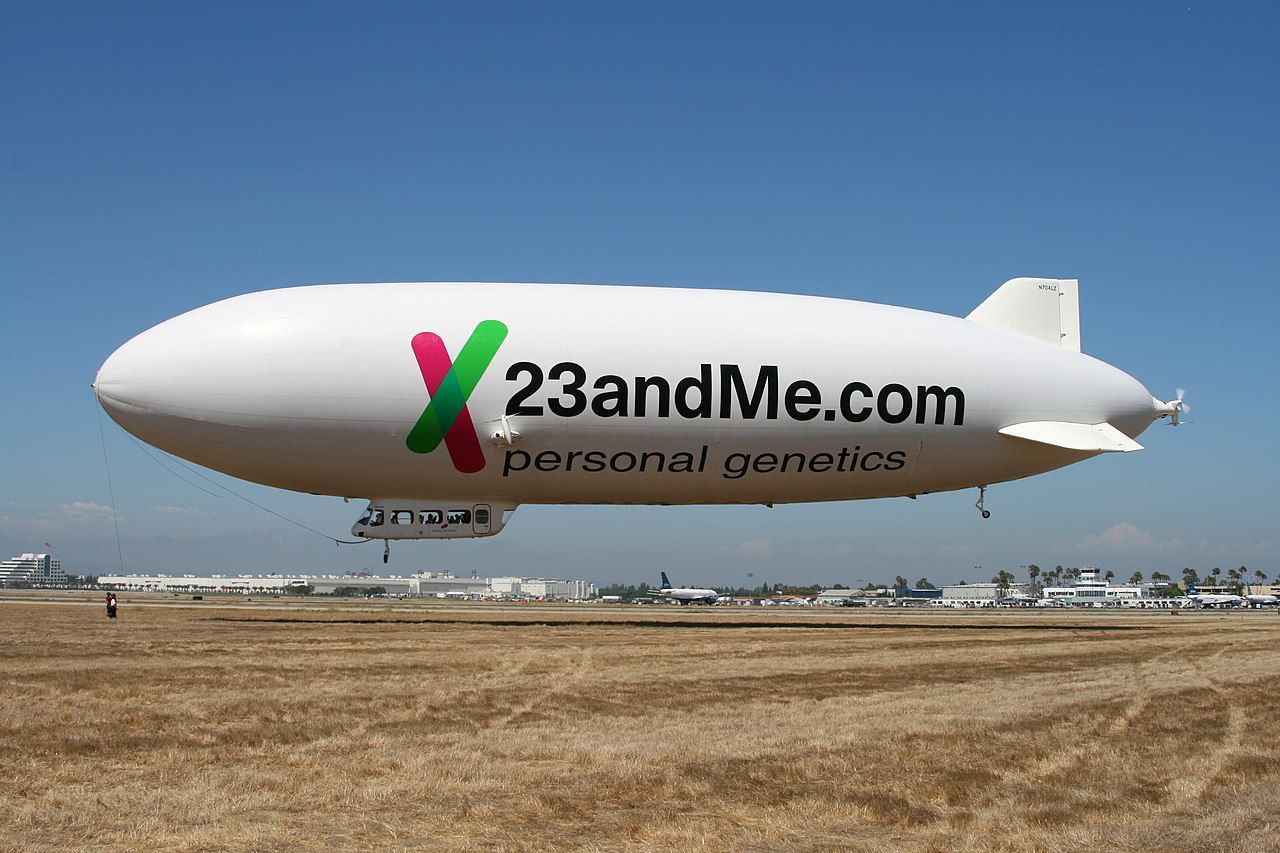Uncategorized
Shuttered Russian Crypto Exchange Garantex Rebrands as Grinex, Global Ledger Finds

Less than two weeks after it was taken down by international law enforcement authorities, Garantex — a Russian crypto exchange popular with ransomware gangs and sanctions-evading oligarchs — has allegedly already risen from the ashes, rebranding itself as Grinex.
According to a new report from Swiss blockchain analytics firm Global Ledger, a slew of on and off-chain data indicates that Grinex is a direct successor to Garantex. Some liquidity from Garantex, including all of Garantex’s holdings of a ruble-backed stablecoin called A7A5, has already been moved to Grinex-controlled wallets.

Global Ledger CEO Lex Fisun told CoinDesk that, in addition to on-chain data connecting Garantex to Grinex, there have been numerous off-chain indications that the two exchanges are intimately connected. Fisun pointed to the rapid growth of Grinex, which he said had surpassed $40 million in volume in just two weeks, as well as a host of social media ties between the two exchanges.
Though other major blockchain analytics companies, including TRM Labs and Chainalysis, have yet to confirm Global Ledger’s findings, Chainalysis’ Head of National Security Intelligence Andrew Fierman told CoinDesk that he had seen several indicators that Grinex was likely to be the rebrand of Garantex.
Fierman pointed to a recent Telegram comment from Sergey Mendeleev, one of the original founders of Garantex, announcing the creation of Grinex and claiming any similarities between the two exchanges were random — followed by two crying laughing emojis. Both Fierman and Fisun told CoinDesk that there were numerous reports of Garantex users going to Garantex’s in-person offices in Europe and the Middle East and transferring their crypto from Garantex to Grinex. Both also pointed out the similarities in the two platforms’ user interfaces.

Though the evidence is certainly compelling, Fierman said that until Chainalysis completes its review of Grinex’s infrastructure, it cannot definitively validate the accuracy of Global Ledger’s report.
But, if Grinex is, in fact, a rebrand of Garantex, it wouldn’t be the first time that a sanctioned exchange remade itself after a shutdown. In 2017, Russian crypto exchange BTC-E was taken down by American law enforcement, and subsequently rebranded as WEX. WEX didn’t last long though — it shuttered a year later due to internal conflict and in-fighting among its remaining leadership. Similarly, sanctioned Russian exchange Suex rebranded as Chatex, and was subsequently sanctioned again.
The trouble with sanctions
The fast revival of Garantex demonstrates the challenge of sanctions, especially against criminal operations like non-compliant exchanges, darknet marketplaces and ransomware gangs that can simply morph to avoid detection.
“Sanctions evasion is going to happen,” Fierson said. “Because if you’re sanctioned, you aren’t just going to accept that you can no longer conduct any financial transactions. You are going to look to avoid detection, however that may be, whether it be through creating shell companies, creating new crypto wallets — and the larger the operation, and the more prominent, the more technically advanced you’d have to be to actually make it work.”
Feirson said this problem isn’t unique to crypto, but crypto-related sanctions offer law enforcement a unique opportunity to follow the money after sanctions are put in place.
“The unique aspect to the blockchain is that it’s transparent and immutable, and so what happens when a company gets shut down is a lot more examined,” Fierson said. “There’s a lot more to examine on-chain. Garantex gets shut down, their Tether holdings get seized, but that doesn’t stop them from moving other assets. There’s opportunity to monitor what happens to those funds post-official shutdown.”
A hydra-like network of potential successors
Whether Grinex is Garantex 2.0 or not, there are a number of other non-compliant Russian crypto exchanges eager and willing to take its place.
Ari Redbord, global head of policy and government affairs at TRM Labs, told CoinDesk that it was simply “too early” to definitively assess the relationship between Grinex and Garantex. “That said, it is clear that other high-risk non-compliant exchanges will try to fill the illicit finance void left by Garantex,” he added.
A recent client report from TRM Labs named several possible successors, including high-risk Russian exchanges ABCEX and Keine-Exchange.
Garantex take down
Garantex was dismantled by international law enforcement from the U.S., Germany and Finland in a joint operation earlier this month, which seized its domain and servers.
The U.S. Treasury’s Department of Foreign Asset Control (OFAC) first sanctioned the exchange in 2022, accusing it of knowingly facilitating money laundering for ransomware gangs like Black Basta and Conti, as well as darknet markets like Hydra.
According to court documents, Garantex’s clientele also included North Korea’s state-sanctioned hacking squad The Lazarus Group, which was behind the recent $1.4 billion Bybit hack, as well as Russian oligarchs who used the service to evade sanctions after Russia’s invasion of Ukraine.
Two of Garantex’s operators, Lithuanian national and Russian resident Aleksej Besciokov and Russian citizen and United Arab Emirates resident Aleksandr Mira Serda have been charged with money laundering conspiracy in connection with their work with Garantex. Besciokov was arrested while vacationing with his family in India earlier this month, and is expected to be extradited to the U.S. to face charges.
Uncategorized
CoreWeave Goes Public at $40 Per Share, Raises $1.5 Billion

Artificial intelligence-focused firm CoreWeave raised $1.5 billion for its initial public offering (IPO), valuing the company at roughly $23 billion, Bloomberg reported on Thursday night, confirming earlier reports that it had downsized its IPO.
The cloud provider sold 37.5 million shares at $40 each. It had initially planned to sell 49 million shares at $47 to $55 each, but a weaker-than-expected stock market posed difficulties for the company.
The company initially sought to raise $4 billion at a $35 billion valuation, reporting $1.9 billion in revenue last year but still seeing a net loss of nearly $900 million.
AI powerhouse Nvidia, an investor in CoreWeave, is anchoring the IPO with a $250 million order, Bloomberg reported, citing a person familiar with the matter.
CoreWeave is closely tied to bitcoin miner CoreScientific, which struck a multi-billion deal with the New Jersey-based firm to expand its artificial intelligence capabilities.
Nvidia’s own stock price is down 12% since the beginning of the year, The Information reported late Thursday, reflecting broader weakness in AI-focused firms.
UPDATE (March 28, 2025, 00:20 UTC): Adds additional detail.
Uncategorized
Sei Foundation Explores Buying 23andMe to Put Genetic Data on Blockchain

The Sei Foundation, the nonprofit development organization behind the layer-1 blockchain Sei (SEI), is exploring the acquisition of bankrupt personal genomics company 23andMe and putting the genetic data of 15 million users on blockchain rails.
The foundation announced the initiative in an X post on Thursday, calling the plan its «boldest DeSci bet yet» — referring to the decentralized science movement. Earlier this year, it also launched a $65 million venture capital fund dedicated to DeSci startups building on the Sei network.
The foundation said that genomic data security is a national security matter, particularly as 23andMe grapples with financial difficulties. The company, known for its direct-to-consumer DNA testing services, filed for Chapter 11 bankruptcy protection earlier this week.
If the acquisition proceeds, the Sei Fundation plans to integrate 23andMe’s data onto its blockchain and give users ownership of their genetic data, ensuring privacy through encrypted transfers and allowing individuals to decide how their data is monetized.
«This isn’t just about saving a company, it’s about building a future where your most personal data remains yours to control,» the foundation said.
Numerous state attorneys general have warned 23andme customers to delete their data from the platform in recent days since the company’s bankruptcy filing.
SEI, the native token of the network, climbed as much as 3% following the news before giving back some of the gains.
Uncategorized
Tokenized Gold Hits Record $1.4B Market Cap as Trading Volumes Soar in March

The market capitalization of tokenized gold climbed to a record $1.4 billion in March with trading volumes soaring to yearly highs, CoinDesk Data’s monthly stablecoin report shows.
The growth in market value and activity happened alongside the physical yellow metal’s rally to fresh all-time highs above $3,000 per ounce. Tether’s gold-backed token (XAUT) and Paxos’ PAXG dominate among the offerings, with market capitalizations of $749 million and $653 million, respectively.
The trading volume with gold tokens surpassed $1.6 billion through the month, the highest level in more than a year, according to the report.

The overall stablecoin market, which includes tokens with prices pegged to fiat currencies and commodities, climbed above $231 billion market cap this month, growing for the 18th consecutive month, the report said.
Tether’s USDT, the largest stablecoin on the market, also increased to a record supply of $144 billion. However, its market share dropped to the lowest level (62.1%) since March 2023 as the stablecoin landscape is getting increasingly competitive. Circle’s USDC, the second-largest stablecoin, grew 7% in a month to near $60 billion.
Decentralized finance protocol Ethena’s recently launched dollar stablecoin USDtb, which uses BlackRock’s tokenized money market fund BUIDL as a reserve asset, quickly gobbled up over $1 billion of assets to become the 8th largest by market cap.
In terms of trading volumes on centralized exchanges, USDT’s dominance slightly declined, but still stood above competition at 75.7% through the month among the top ten stablecoins. Meanwhile, USDC and Hong Kong-based First Digital’s FDUSD saw their trading market cap dominance rise to 13.6% and 10%, respectively.
Regulatory shifts have been reshaping the market of euro-denominated stablecoins, as exchanges moved to comply with the Markets in Crypto-Assets (MiCA) framework. Kraken delisted USDT and other non-compliant stablecoins for European users, following the footsteps of other exchanges such as Coinbase and Crypto.com.
Circle’s EURC stablecoin was a notable beneficiary of the developments, growing nearly 30% to $157 million market cap and claiming a 45% market share of all euro stablecoins.
-

 Fashion5 месяцев ago
Fashion5 месяцев agoThese \’90s fashion trends are making a comeback in 2017
-

 Entertainment5 месяцев ago
Entertainment5 месяцев agoThe final 6 \’Game of Thrones\’ episodes might feel like a full season
-

 Fashion5 месяцев ago
Fashion5 месяцев agoAccording to Dior Couture, this taboo fashion accessory is back
-

 Entertainment5 месяцев ago
Entertainment5 месяцев agoThe old and New Edition cast comes together to perform
-

 Sports5 месяцев ago
Sports5 месяцев agoPhillies\’ Aaron Altherr makes mind-boggling barehanded play
-

 Entertainment5 месяцев ago
Entertainment5 месяцев agoDisney\’s live-action Aladdin finally finds its stars
-

 Business5 месяцев ago
Business5 месяцев agoUber and Lyft are finally available in all of New York State
-

 Sports5 месяцев ago
Sports5 месяцев agoSteph Curry finally got the contract he deserves from the Warriors





